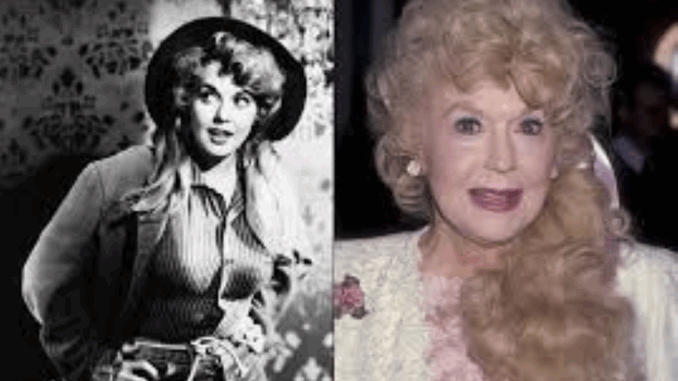
When The Beverly Hillbillies rolled onto television screens in the early 1960s, mainstream fashion for women was often rigid: dresses, skirts, gloves, pearls—usual television fare. Elly May Clampett, however, broke the mold. With flannel shirts and fitted blue jeans, she brought approachable country style into living rooms across America—and with it, an unexpected boost to women’s denim.
Elly May’s outfits were a stark contrast to what female characters usually wore. Tight jeans weren’t a staple of women’s wardrobes in prime time. Yet each episode featured her in denim that showed curves, paired with simple tops. It was rugged, honest, and yet stylish. Her clothes matched her character: unpretentious, rugged in affection for nature and animals, yet with a quiet confidence that endeared her to viewers.
Levi Strauss, the denim company, reportedly took note. According to lore, one of their executives said that Elly May “did more for the sale of blue jeans in one year than cowboys have done in a hundred.” Whether that quote is apocryphal or not, the influence is clear. Jeans for women, once seen as workwear or too casual, began to gain wider social acceptance. Young women asked for styles like hers. Fashion magazines picked up on it. Slowly but steadily, rugged casual wear crept into mainstream style.
Elly May’s impact wasn’t just about denim—it was about representation. She showed audiences a version of femininity rooted in strength, comfort, and authenticity. She wasn’t trying to conform to Hollywood glamour—she embraced what she was, flannel hung loose, cattle, critters, and all.
Over fifty years later, Elly May remains a style reference. Fashion historians point to her when discussing the rise of denim, casual wear, and how television started shifting what women felt okay wearing outside and at home. Her style was simple, but its legacy in changing fashion attitudes was far from modest.
